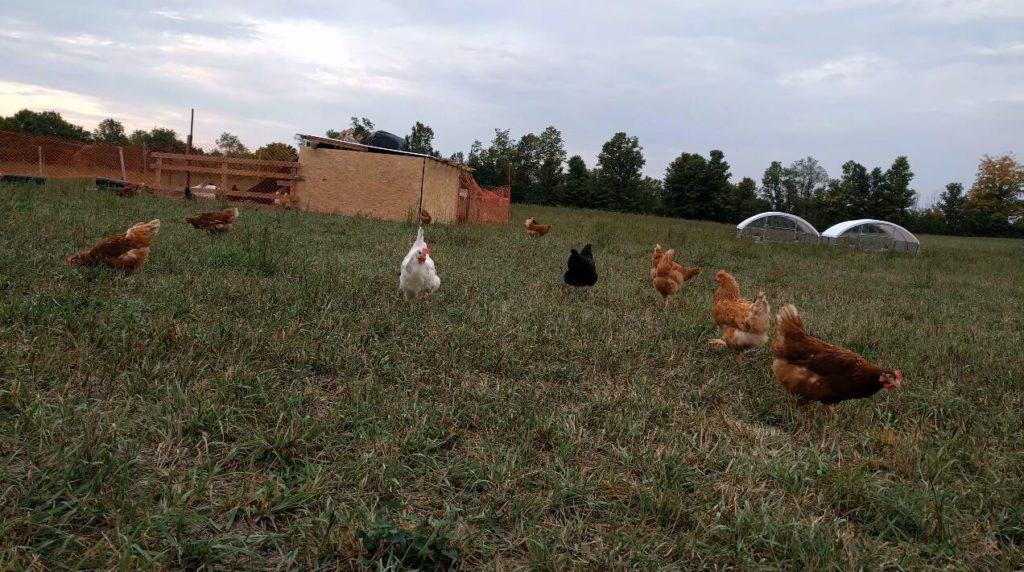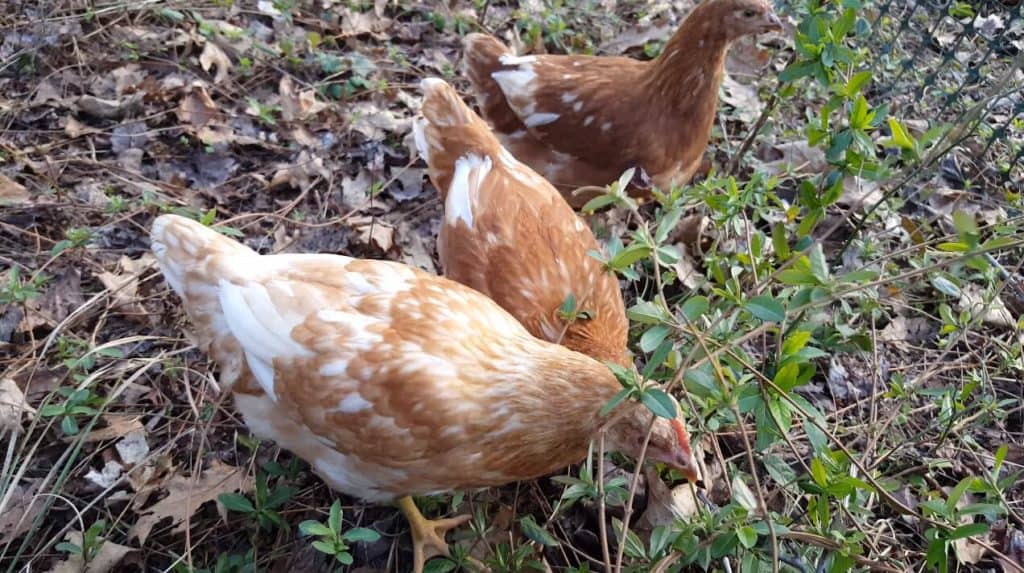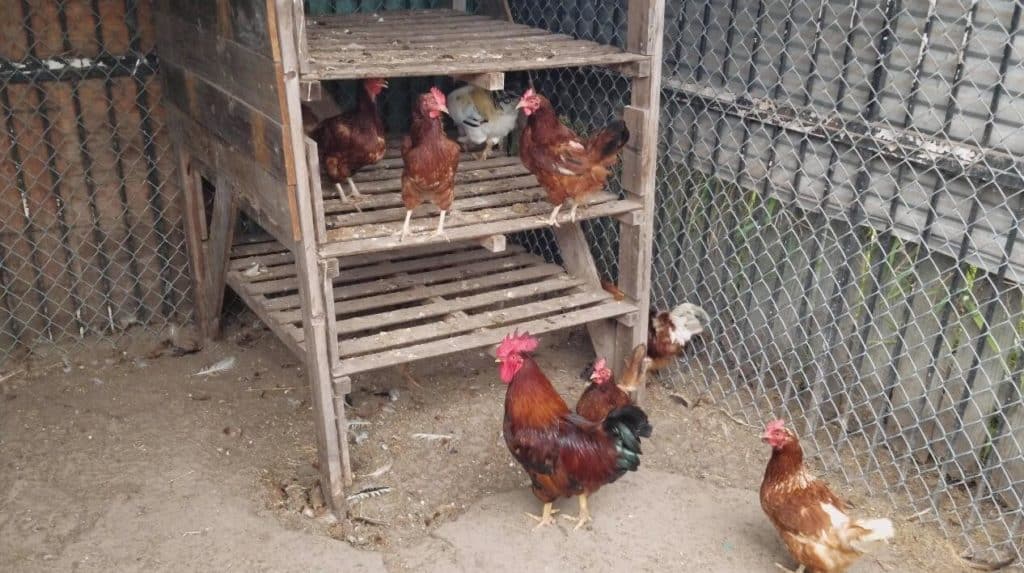Whenever we walk into a grocery store, we are bombarded with so many labels that it is a surprise that our heads don’t start spinning on the spot. To make matters worse, several new terms pop-up each year, giving us more choices but making the process of cooking dinner more confusing than ever before.
Today, you have hormone-free meat, which should not be confused with organic meat, and both of those shouldn’t be confused with natural meat, whatever that means. You also have pesticide-free vegetables, gluten-free flour, and range-free chicken.
Let’s take a closer look at that last one: range-free chicken. What exactly is range-free chicken? Is it better than normal chicken, or is it just the same? Is it the same as organic chicken, and if not, what’s the difference? What about pastured chicken: Does that have anything to do with free-range, or is it something else altogether?
Well, we’re here to answer all these questions and more. After finishing this article, you’ll be such a pro at free-range chicken that you’ll be automatically spouting random facts and trivia to your friends the next time you guys go to the grocery store together, even if neither of you is there to get any chicken.
What exactly is free-range chicken?
“Free-range” is a term that relates to how the chickens are being raised.
You see, chickens are normally raised in confined cages, where several chickens are stuffed into the same cage and each chicken spends most of its uneventful life trapped on 67 square inches. Just so that you can have a frame reference, an A4 piece of paper is about 8.5 inches by 11 inches, giving it a total surface area of 93.5 square inches.

This means that a fully-grown hen spends most of its life cooped up in a space that is a little more than two-thirds an A4 paper. To add insult to injury, around 15 percent of farm-raised chicken gets squeezed into even more confined spaces.
So, free-range chicken is a different way of raising chicken. Instead of being confined, chickens get to roam the great outdoors. In fact, according to the USDA, to get labeled as “free-range” or “free-roaming”, the chicken must be “allowed access to the outside.”
So, why does any of this matter?
Aside from the inhumane conditions chickens suffer, being too confined can harm their laying process, which can be a huge pain to these avians. The problem is that chickens need to retire somewhere to lay eggs comfortably, but, when trapped in such a confined space, they keep searching in vain for some privacy or cover but are forced to lay eggs in front of the rest of the group.
None of this is to mention all the other problems that come with being stuffed inside a tiny cage: Chickens have natural instincts, including foraging, flapping their wings, and enjoying dust baths, all of which were granted to chickens by evolution.
And, even if these traits are no longer evolutionary beneficial, they are still ingrained in every single chicken. So, when a chicken can’t perform any of the actions that mother nature taught her, this can be psychologically distressing.
However, going free-range isn’t just beneficial to the chicken; it helps both the end-consumer as well as the farmer raising the chicken. Let’s start with the benefits enjoyed by the end-consumer, which is you and me:
One study found that free-range chickens displayed better walking scores, better feather conditions, more beneficial gut bacteria, and higher meat quality when compared with cage-raised chickens.
There was another study that compared free-range chicken meat with that of your everyday chicken, and the study found that free-range produced meat that was less fatty and richer in proteins, iron, and zinc when compared to the meat of conventional birds.
Even the eggs of a free-range chicken were found to be healthier than those of a cage-ridden bird. Researchers at Penn State University found that free-range eggs were richer omega 3 fatty acids as well as vitamins A and E.
As for farmers, raising free-range chickens can be beneficial for their land. Chickens instinctively forage for insects and guzzle up leftover crops, reducing any pests in the land. In the process, they produce fertilizer for the soil, helping the next generation of crops to grow strong and bountiful.
So, are all free-range chicken created equal?

Unfortunately, the answer is no.
Even though the United States Department of Agriculture, USDA for short, asserts that a chicken must be granted access to the outside to be labeled as free-range, there is no exact specification on how much time the chickens should be given outdoors nor what kind of access to the outdoors they are given in the first place.
As a result, there is a lot of leeway in how the USDA’s dictum can be interpreted.
For instance, some farmers may raise the chickens in a barn and put a window or small door at the end of that barn. This door will probably lead to a small patch of ground in the outdoors, surrounded by fences on all sides.
Now, despite this arrangement following the letter of the law and enabling the farmer to label his chickens as free-range, it doesn’t follow the spirit of the law and doesn’t give chickens the ability to roam freely over green pastures.
There are several other ways farmers can raise “free-range” chicken while not really doing so. A farmer could give his chickens access to the outdoors for only a few seconds every day, and he would be raising free-range chicken. Another farmer could force his chickens to wander on dirt, gravel, or pavement instead of on luscious green grass, and they still would be free-range farmers.
The point is that this part of the industry is unregulated, and some unscrupulous farmers are taking advantage of that. To complicate matters further, the Animal Welfare Institute issued a report where it asserts that the USDA doesn’t audit free-range facilities to check if they have an outdoor space.
In fact, any farmer who claims that they give their chickens free range can provide very little evidence to support their claim.
Nevertheless, there is good news. For one thing, not all farmers are trying to scam you: Some do give their chickens free rein and allow them access to grassy hills and wide, expansive fields.
Other farmers go so far as to use hay bales in addition to old farm equipment and set up artificial environments for their chicken, where these birds can explore, climb, and roost, exhibiting all their natural behaviors.
Now, farmers who put in the extra effort and try to provide their chickens with a better quality of life will try to differentiate themselves from your run-of-the-mill farmer, so they label their chickens as “pastured.” Although the term “pastured” doesn’t have any legal or regulated meaning, it is one way you can tell how free was the free-range chicken.
The other piece of good news you should be aware of is that just because the term free-range is a bit malleable in its interpretation, this doesn’t mean that it is a meaningless term altogether. At least, you know that free-range chicken didn’t have to suffer being cooped up in a cage with five or six other birds.
What’s the difference between free-range chicken and organic chicken?

Glad you asked.
First off, let’s take a look at some of the labels that you might come across the next time you are buying chicken and see how the Humane Farm Animal Care (HFAC) might define them:
- Certified Humane Free Range Chicken: To qualify for this label, farmers should provide each chicken with a minimum of two square feet of outdoor space, and this space should contain vegetation the chicken can graze on. Additionally, farmers need to give their birds a minimum of six hours in the outdoors every day so long as the weather permits.
- Certified Humane Pasture-Raised Chicken: The outdoor space a chicken is given increases from two square feet to 108 square feet, and rather than limiting a chicken’s outdoor time to six hours, chickens get to spend most of their time outdoors. They only go indoors when it’s time for them to sleep.
As you can see, all the terms we have been dealing with so far have focused on how the chicken is being raised. However, the term “organic” both on how chickens are raised and what they are fed. According to the USDA, organic chickens should not only get access to the outdoors for the entire year, but it should also get its fair share of exercise and receive organic feed only. Over and above, organic chickens should not be treated with antibiotics or growth hormones.
So, in a way, organic chicken is a type of free-range chicken, but one that has more restrictions about how it can be raised.
This is all fine and good, but if I can’t trust all farmers when buying free-range chicken, what should I do?
That is another excellent question.
Seeing as you can’t trust all free-range labels, your best bet is to buy from a regional or local farmer you trust. You can reach out to them directly, or you can find them at a farmer’s market. You also should look for the Certified Humane label, which you can find at natural stores, including Sprouts Farmers Market and Whole Foods.

Joseph Hudson has been raising chickens for over 15 years. In 2018, he completed the Agriculture & Natural Resources program at Mt. San Antonio College. He currently raises over 1400 chickens on his 7.5-hectare farm. He keeps sharing his experience on raising healthy and happy chickens on Chicken Scratch The Foundry.









I’m looking to raise some chickens but I will build a fairly big chicken house but I need a breed that is a good forager and can take care of them selves from daytime preditors when I’m not here do to work what would you suggest I love white legwork but hawks spot them easy in the timbers and feilds